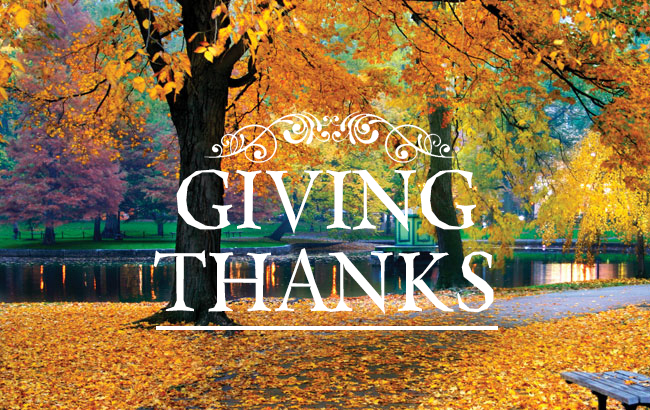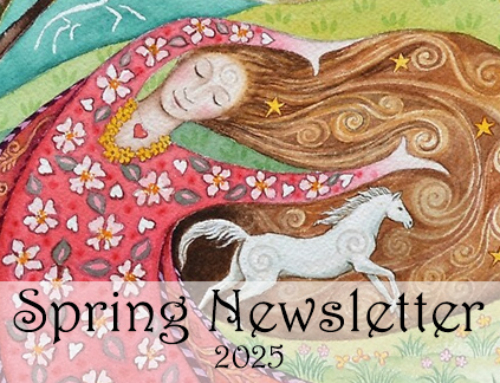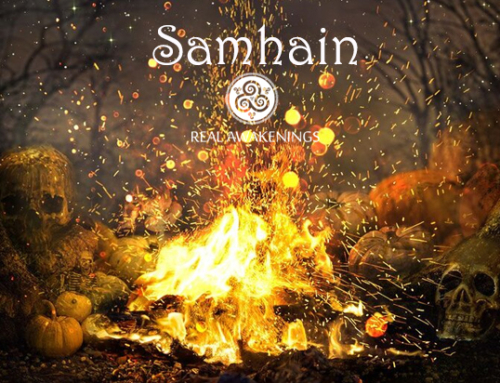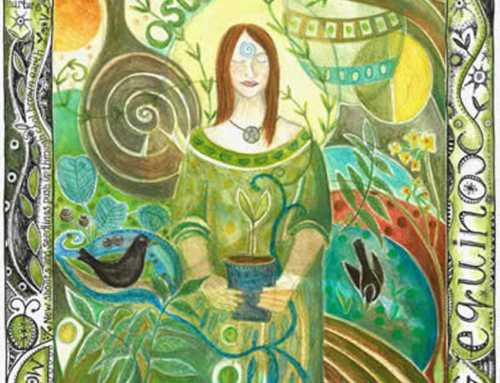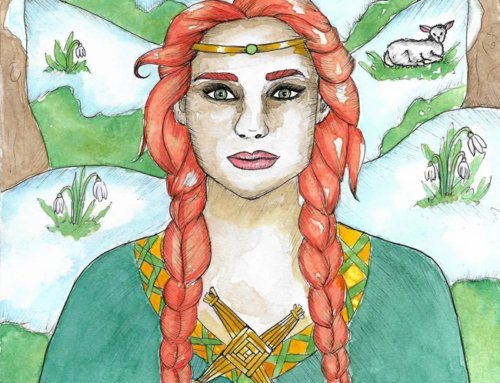Fall Newsletter 2021
What are you thankful for? A simple yet contemplative question. Feeling thankful this year could be easy for some, but challenging for others. It all depends upon one’s circumstances and perspective. From the time I started shamanic practices ten years ago, I’ve grown to love the time of year between Samhain and the Winter Solstice. The leaves are almost fallen, and the animals are preparing for the winter ahead. Likewise, we’ve packed away our outdoor items, and are busy preparing for the upcoming holiday season. We start with Thanksgiving by entering into the rush of traveling, shopping, cooking and entertaining—all leading up to the longest night of the year on Dec 21st.
The last couple of years sure have been interesting. For some it’s been uneventful, yet for most its been stressful at the least. It seems to have run the entire gamut, from nothing significant—to being extra busy—to full-on trauma and loss. But in our darkest moments, there’s always something to be grateful for.In the Celtic tradition, people turned their attention to their ancestors during Samhain, when nature begins to wither and slough off. It was important to bring honor to the family lineage, and set the stage for future generations. They drew upon the strength, stamina, and courage of deceased ancestors to provide the resilience they needed in the present moment. During Samhain, the Celts feasted, and celebrated the last harvest of the year, similar to our Thanksgiving tradition. Different culture. Different time in history. That festival took place a month earlier than our American tradition, but parallels in thinking can still be drawn. There’s something the Celts did at this time of year that we don’t do, or possibly don’t even think about. They understood that if something didn’t die completely, any residual matter tended to fester and linger—but not in a good way. But, as the death process nears completion, it creates fertile ground that paves the way for new growth. The Celts capitalized on this insight, and used it to their advantage.
Celtic cultures knew that if they didn’t complete a process of grief, trauma or put closure to anything bothering them, it would linger and fester within. They would be stagnant, stuck, and unable to move forward. Life was harsh, and it was critical for survival to be fully present, and operating at peak capacity. Ruminating would be self-defeating and served no purpose. They used the Winter Solstice as an incentive to do their internal work, as well as tending to their winter supplies and livestock. They also knew how difficult it was to release pain or hurt, but believed that if one rose to the occasion, put to death what no longer served them, and gained closure—they would be rewarded at the winter solstice.
It’s a simple idea but so profound; How can you be thankful for anything if you’re festering about the past? How can you move forward and create anything at all new unless you release yourself from your own bondage? The Celts used their keen awareness and sense of urgency so that they could let go in order to safely enter into the dark void of winter. This was their incentive to come out the other side of adversity, and partake in the joy the solstice brings. The darkness of winter provides the space to hibernate, and spawn the creative process, knowing that light is on its way to emerge the following spring.

This Thanksgiving, try taking a moment to be thankful for whatever goodness you have. Like the Celts, look at any unfinished internal business that you’ve procrastinated on with the understanding that it does not serve your highest good. Think of it in absolute terms. Over the next month, do the hard work that it takes, even if it’s something small, to clear a space for creating next year’s desires. In shamanic terms, this is a call to action for all of us. I hope everyone receives blessings by Dec 21st!
